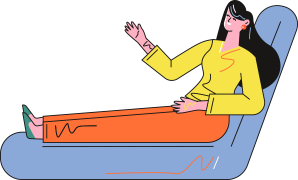Atrial septal defect can cause which complications?
Small atrial septal defects generally are asymptomatic, whereas medium to large atrial septal defects may result in pulmonary hypertension and right heart failure. The impact of an atrial septal defect on hemodynamics mainly depends on the amount of shunting, which in turn is determined by the size of the defect. It also relates to the compliance of the left and right ventricles and the relative resistance of the systemic and pulmonary circulation. Continued increase in pulmonary blood flow leads to pulmonary congestion, increasing right heart volume load. Pulmonary vascular compliance decreases, evolving from functional to organic pulmonary hypertension. This in turn continuously increases right heart system pressure until it surpasses the pressure of the left heart system, causing the original left-to-right shunt to reverse to a right-to-left shunt, leading to cyanosis. Atrial septal defects are generally asymptomatic but with the progression of the condition, symptoms such as exertional dyspnea, arrhythmias, and right heart failure may occur. In the advanced stages, about 15% of patients with severe pulmonary hypertension exhibit a right-to-left shunt and cyanosis, leading to the formation of Eisenmenger syndrome.
Trending Health Topics

Get the latest health & wellness news daily right to your inbox.


 Subscribe
Subscribe


